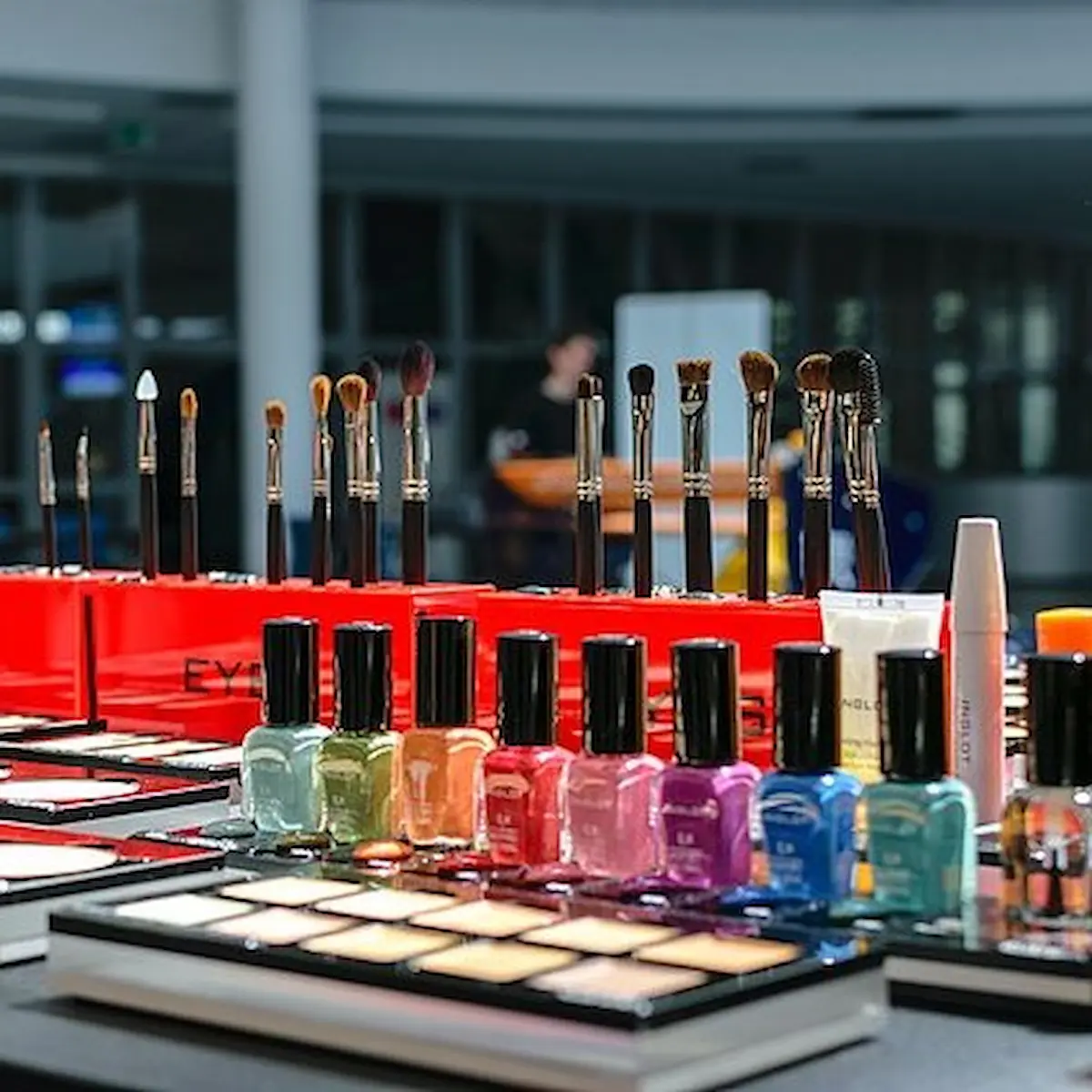In this review
In this review
A new CleanHub survey of over 1,500 beauty consumers highlights a growing sustainability problem in the cosmetics industry: despite rising interest in “clean beauty,” most makeup and skincare packaging still ends up in landfills. Consumers overwhelmingly report confusion about which products are recyclable, frustration with excessive packaging, and a desire for brands to offer clear, easy recycling solutions.
Key Findings
- Most beauty waste still isn’t recycled. 73% of respondents reported that they regularly throw away empty beauty products because they don’t know how - or aren’t able - to recycle them.
- Packaging confusion is widespread. Nearly 60% said they cannot tell whether a product’s components (pumps, caps, mirrors, mixed plastics) are recyclable.
- Sustainability influences purchasing. 88% of respondents say they prefer brands that use sustainable packaging or offer take-back programs, even if the product costs more.
- Consumers feel misled. Over half believe brands often overstate sustainability claims or use “eco-friendly” language without backing it up.
- Refillable products are gaining traction. 43% said they would switch to a refillable version of their favorite product if available.
Why It Matters
Cosmetic packaging is notoriously hard to recycle because it’s made from multi-material components that most municipal recycling systems cannot process. The CleanHub survey shows consumers want sustainable options - but lack the clarity, instructions, or infrastructure to act on those intentions.
This gap between consumer desire and system reality contributes to the beauty industry’s growing waste problem. Clear labeling, simpler packaging materials, and accessible take-back or mail-in recycling programs could help significantly reduce the millions of cosmetic containers discarded each year.
Takeaways
- Simplify packaging when possible to increase recyclability and reduce confusion.
- Offer take-back or mail-in recycling programs that make responsible disposal easy for consumers.
- Use transparent language - avoid vague “eco-friendly” claims that aren’t backed by clear data.
- Design with refills in mind, giving consumers a lower-waste option for products they repurchase often.
- Educate customers by clearly labeling what can and cannot be recycled.
Read the Research: CleanHub. Clean Beauty Survey 2023: Consumer Attitudes Toward Sustainable Cosmetic Trends and Beauty Waste. 2023. https://www.cleanhub.com/clean-beauty-survey



.png)



